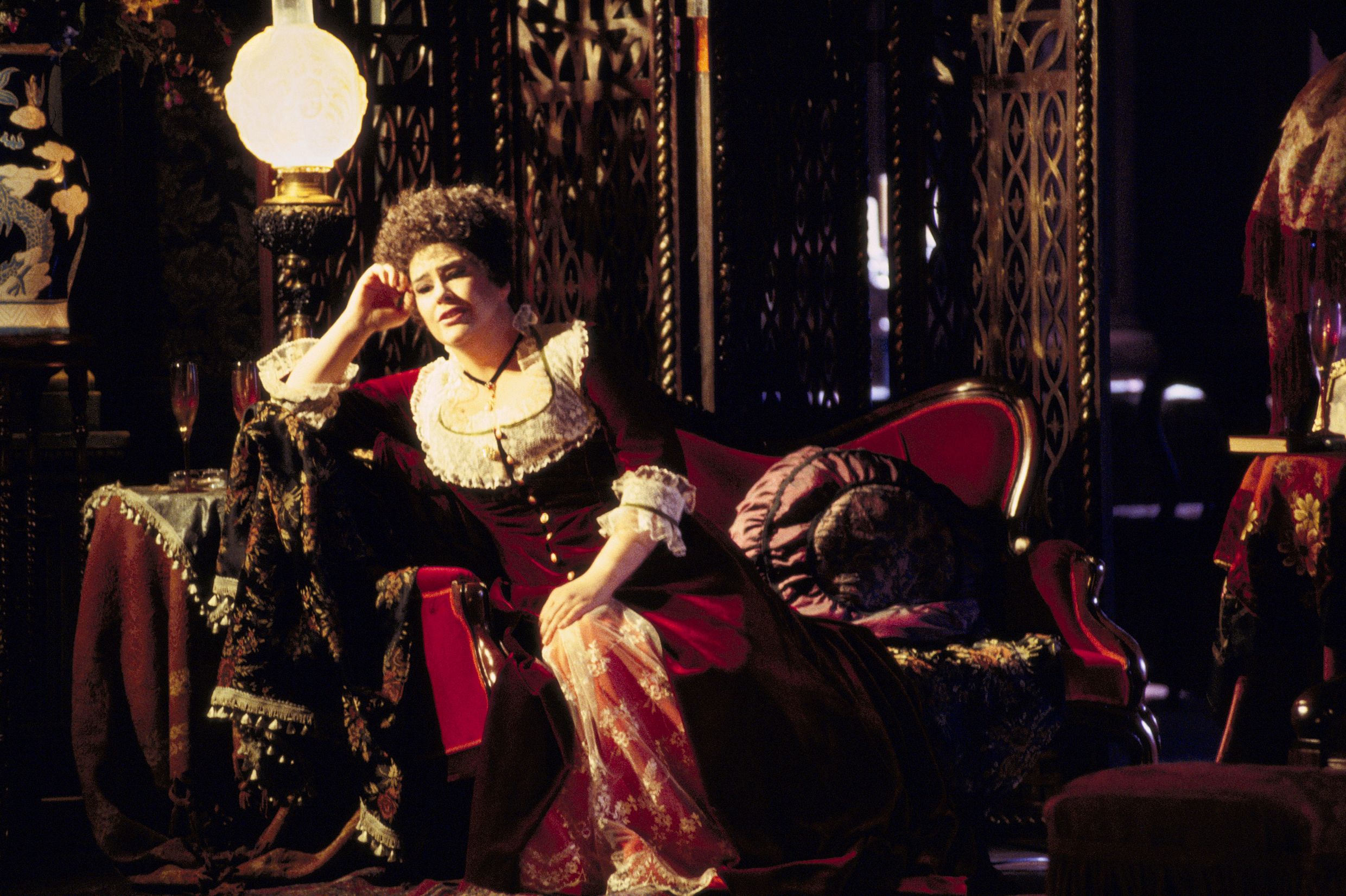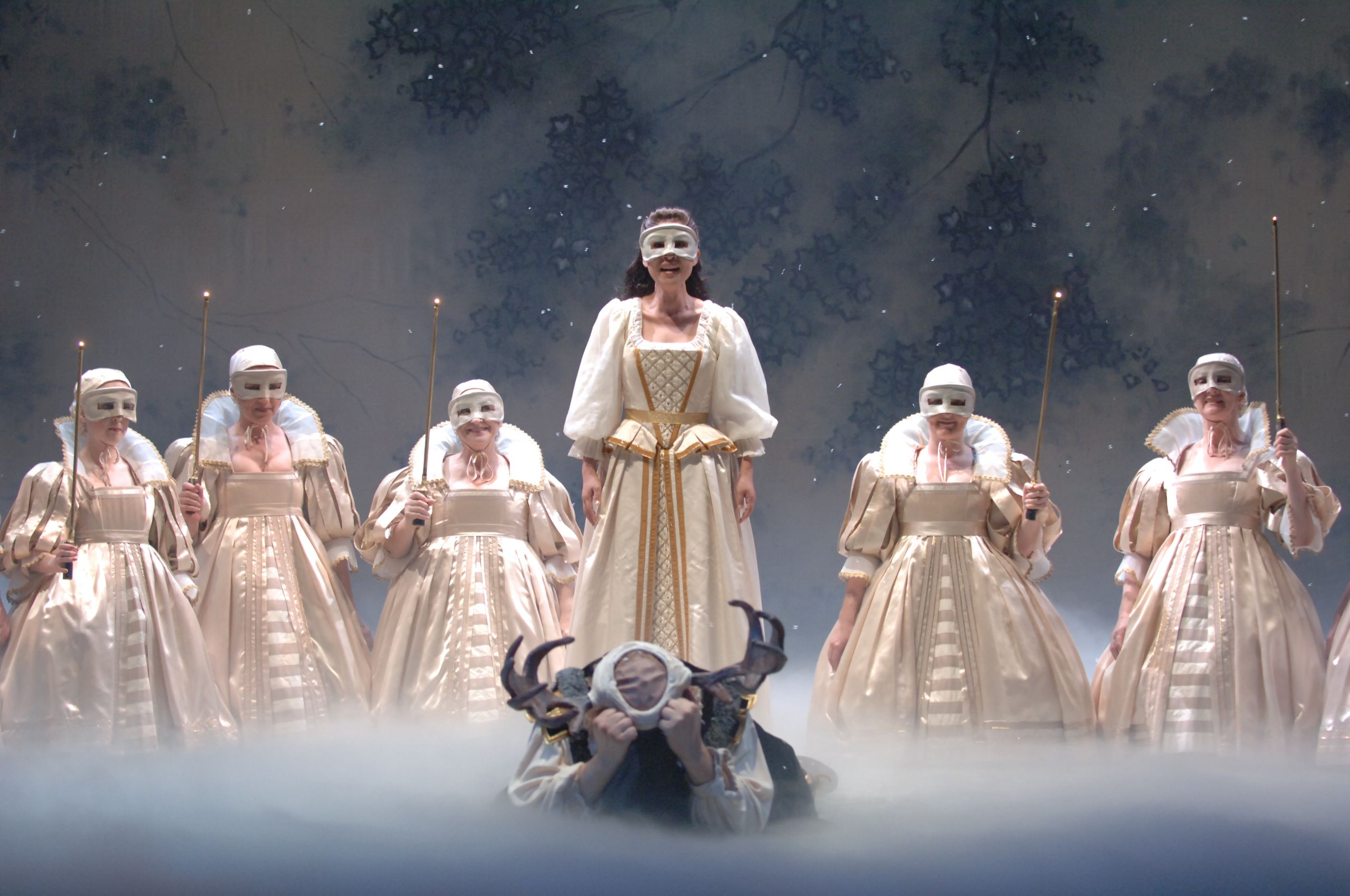50 years of Opera Australia: Part one
Discover our extraordinary history with this collection of photos and stories from the Opera Australia archives. This series covers half a century of opera, starting in 1970, the year we separated from the Australian Elizabethan Trust and became a fully independent company.
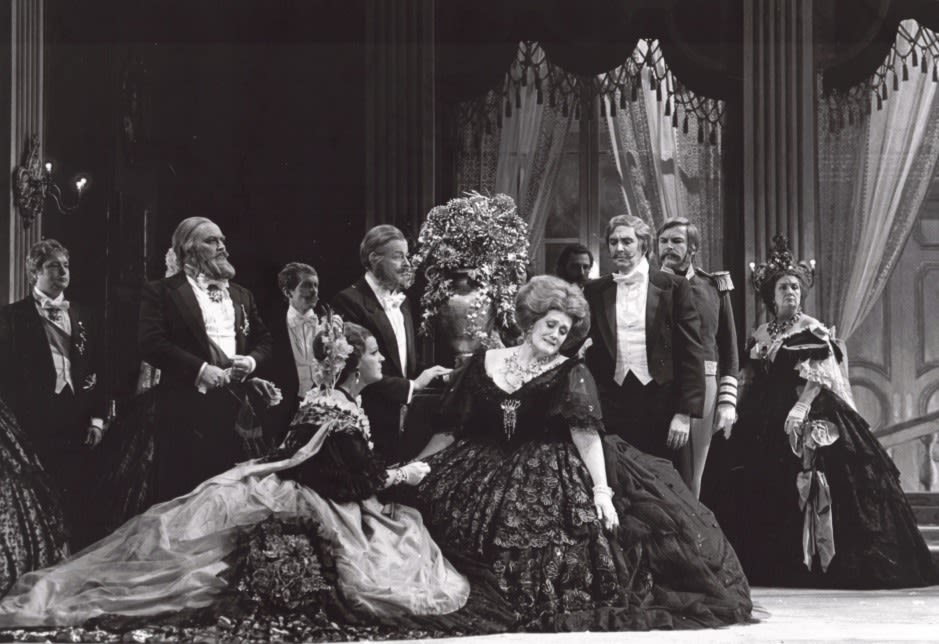
1970-79
1970
La Bohème
La Bohème played Her Majesty’s Theatre in Sydney and was the major hit of the season. It starred Australian singer Glenys Fowles, making her role debut as Mimì opposite Anson Austin as Rodolfo. Fowles would go on to perform at prestigious opera companies around the world and played Mimì in Australia through to 1988.
The production was directed by Renzo Frusca. Towards the end of the season a fire destroyed the theatre along with all of the sets and costumes, and the production was lost. The final performance was quickly moved to the Capitol Theatre, where the opera was performed in concert mode.

1971
Faust
Joan Carden was one of the biggest stars of Australian opera from the 1970s through to her retirement from opera in 2002. In 1971 she made her debut with the company in two roles: Liù in Turandot and Marguerite in this production of Faust, by German-born director Bernd Benthaak. The title role was filled by Reginald Byers, another long-standing principal with the company, and the production played Melbourne’s Princess Theatre and the Elizabethan Theatre in Newtown, Sydney.

1972
The Force of Destiny
Staging Verdi’s dark epic is a major undertaking for any opera company, and this production marked the second time we’d ever performed it, in a grand production directed by Bernd Benthaak and designed by Tom Lingwood.
The Sydney premiere starred John Pringle (who performed with the company for an astonishing 41 years, from 1967 to 2008) as Don Carlos, Italian tenor Umberto Borso as Don Alvaro, and Suzanne Steele as Preziosilla.
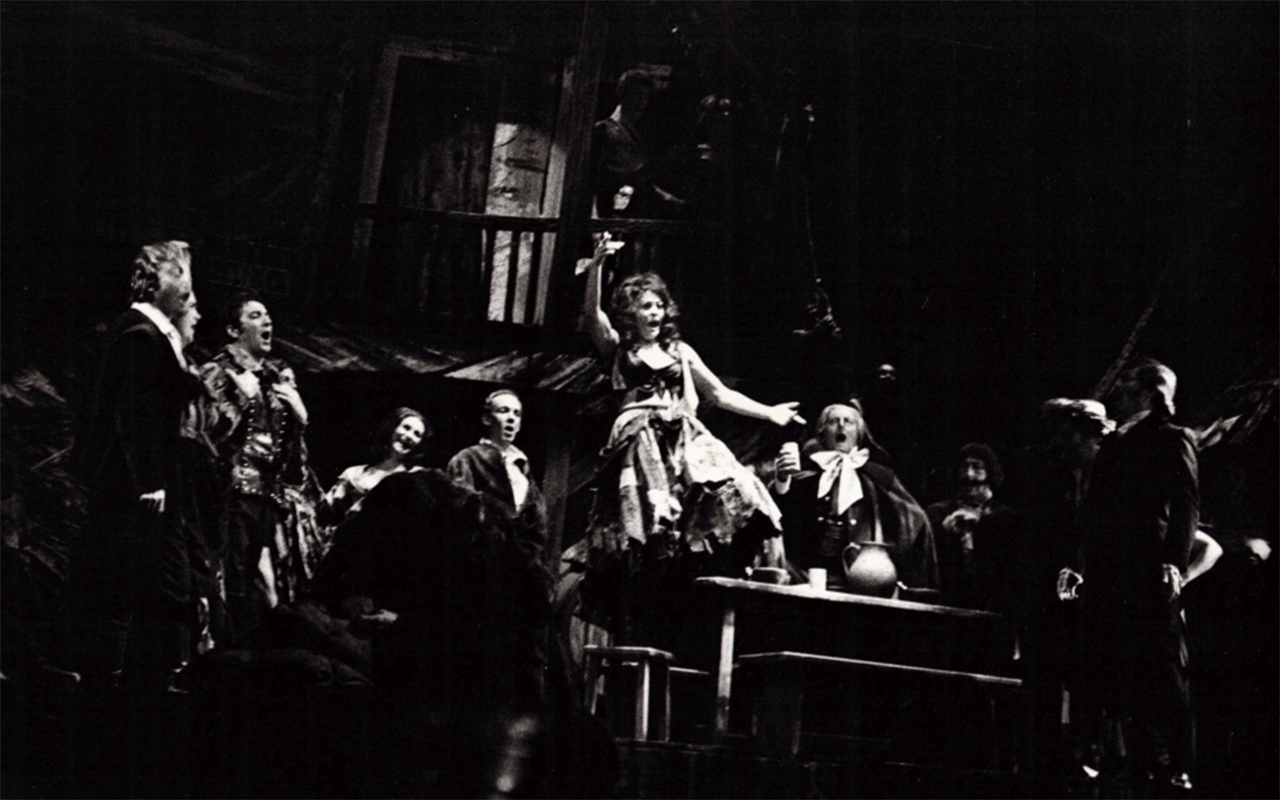
1973
War and Peace
With the opening of the Sydney Opera House, 1973 was not just a pivotal year for us, but for the performing arts in Australia as a whole. For our first production at the Sydney Opera House, music director Ted Downes picked Prokofiev’s epic operatic adaptation of War and Peace, a choice that surprised an audience who expected the company to kick off its life at the Opera House with a work more widely known. But the opera has more than 70 characters listed in the libretto, which allowed plenty of the company’s singers to be involved in that historic first night.

1974
Don Giovanni
In 1974, John Bell was one of the new leading lights of Australian theatre. So it was with much anticipation that he took on his first opera, Don Giovanni starring John Pringle alongside Nance Grant, Joan Carden, Neil Warren-Smith, Anson Austin and Eilene Hannan.
Bell’s production was praised for its ingenuity, using a group of commedia dell’arte performers. It was also blessed with English conductor John Pritchard, although some critics felt not every element in the staging cohered perfectly.
Bell returned to Opera Australia to create his acclaimed productions of Tosca (2013) and Carmen (2016).
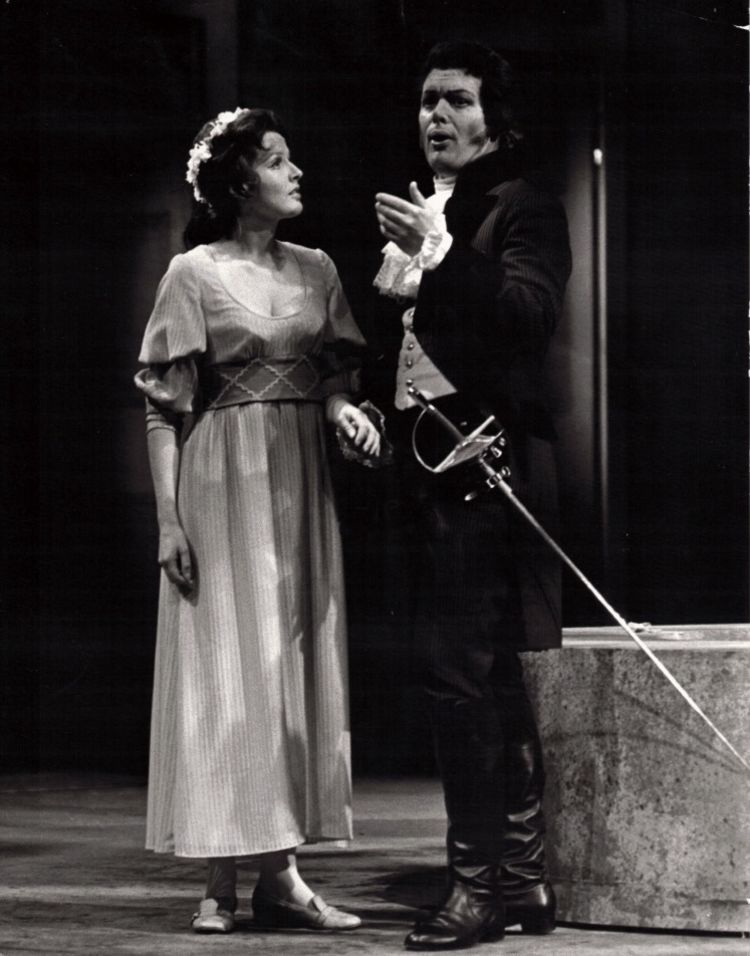
1975
Aida
Although our Sydney home is the Sydney Opera House’s Joan Sutherland Theatre, from time to time we move across to the Concert Hall for special events. In 1975, we staged our first production of Verdi’s Aida, with an epic set designed by Tom Lingwood, reaching up towards the timber ceiling of the Concert Hall’s sails. We brought together 84 chorus members, 11 dancers, 25 actors, 76 extras from the Waverley College cadets, as well as two casts of principals to alternate the major roles over the course of the season.

1976
Lakmé
Throughout the 1970s and '80s, Dame Joan Sutherland was a regular fixture on our stages. Having become a bona fide opera superstar in the 1960s, La Stupenda brought her most celebrated performances home for local audiences to enjoy, usually conducted by her husband, Richard Bonynge.
In 1976, Sutherland performed the title role in Lakmé, scaling the score’s astonishing heights with her signature dexterity and vocal beauty. The production was directed by Norman Ayrton and featured lavish designs by Australian painter and designer Desmond Digby.
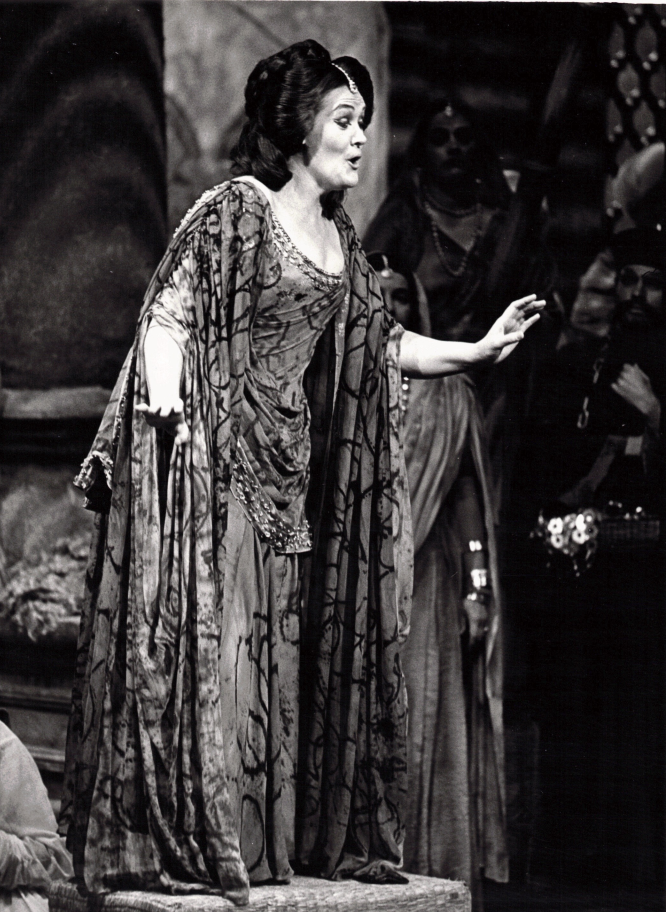
1977
Suor Angelica
Puccini’s Suor Angelica is a one-act opera usually performed alongside two other one-act operas as part of a triptych. But in 1977, it was performed alongside Leoncavallo’s Pagliacci, in a production directed by Moffatt Oxenbould and designed by Desmond Digby, which was first performed in 1973 and last in 2007.
The story of religious redemption, set in an Italian convent, is a brilliant showpiece for powerhouse women. This staging had a stellar cast led by Joan Sutherland as Sister Angelica and Dame Heather Begg as the Abbess.
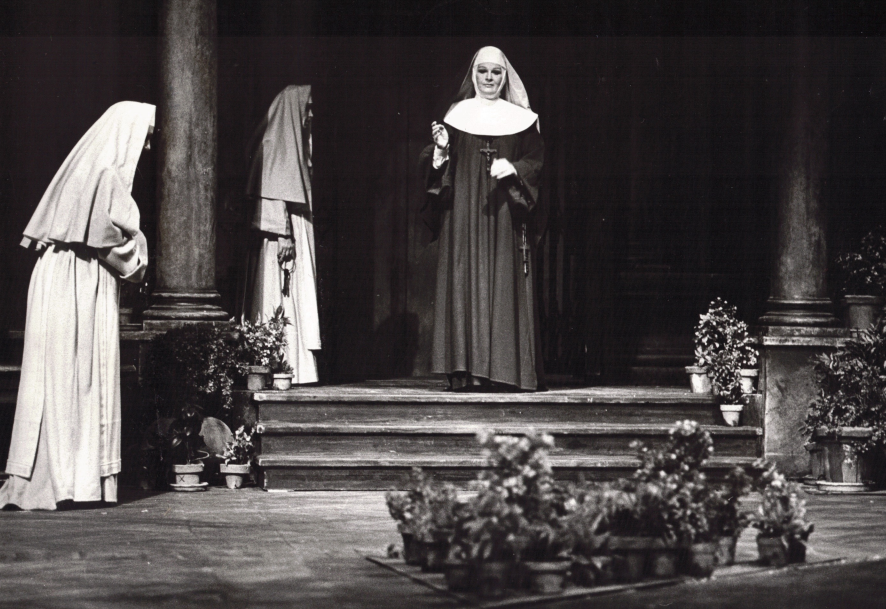
1978
Norma
Joan Sutherland considered Norma, the lead character of Bellini’s melodrama of the same name, one of her favourite roles. She performed the challenging role for Australian audiences for the first time in 1978, reuniting with her regular collaborator Margreta Elkins (in this photo), who played Adalgisa, alternating with Heather Begg. The production was directed by Italian director Sandro Sequi and conducted by Richard Bonynge. It was recorded for TV broadcast.
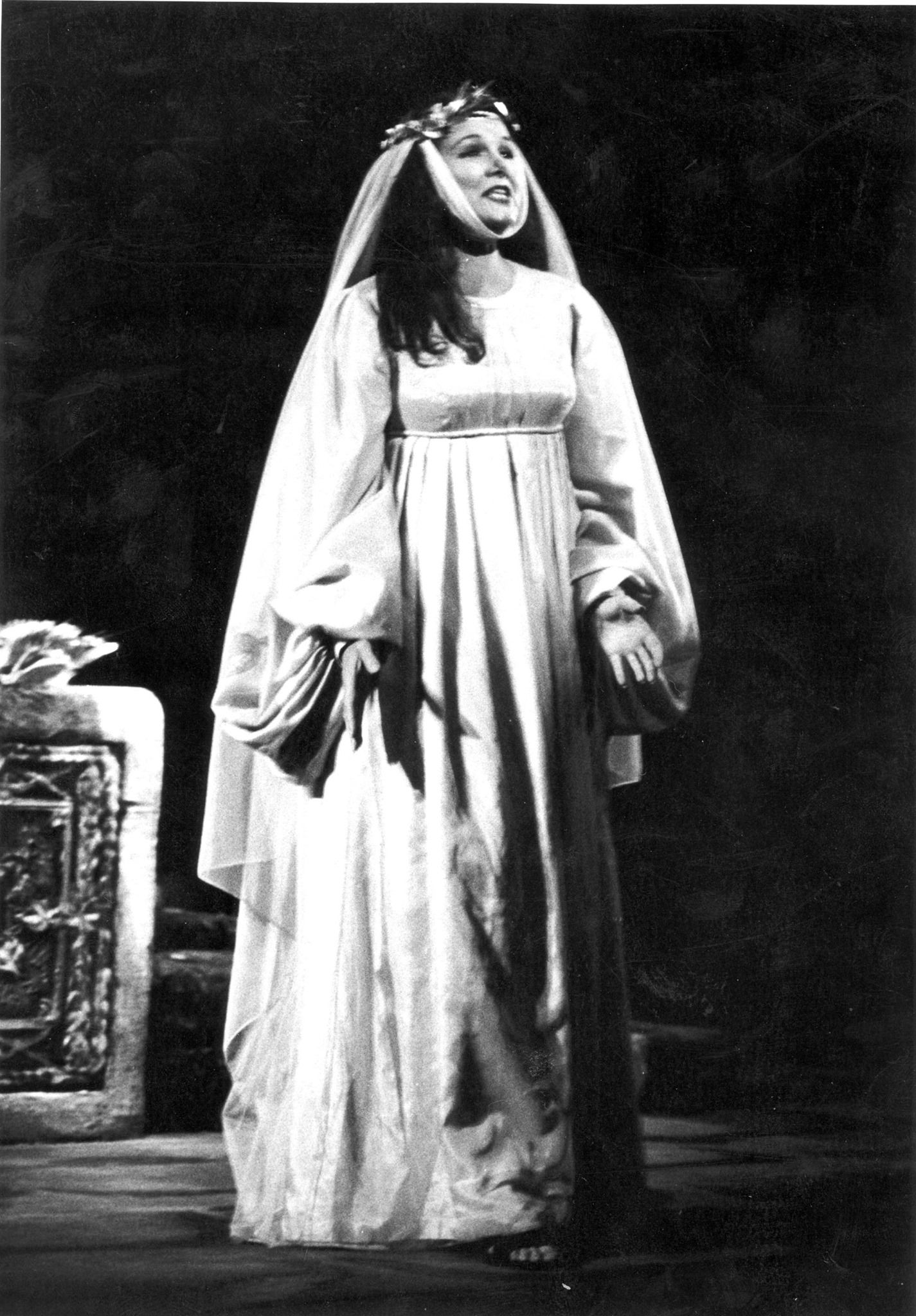
1979
La Traviata
Sutherland played Violetta in La Traviata in Australia several times over the course of her career, the first being in 1965. In that production, she appeared opposite a then relatively unknown tenor called Luciano Pavarotti.
In 1979, she returned to the role in Melbourne in this sumptuous production by John Copley, which premiered a year prior with Dame Kiri Te Kanawa as Violetta. Sutherland starred opposite Anson Austin as Alfredo, with Heather Begg as Flora and Robert Allman as Germont.

1980-89
1980
Lucia di Lammermoor
If there’s one role Joan Sutherland will always be associated with, it’s Lucia. Her performance of the role at Covent Garden in 1959 made her an immediate superstar.
She brought her performance home to Australia in 1965, but it was another 15 years before she performed the role for local audiences again. Expectations were high for this production directed by John Copley and performed in the Sydney Opera House Concert Hall. In a glowing review of the production in The Bulletin, Brian Hoad described Sutherland’s mad scene as “the piece of total theatrical magic on which her legend was founded.”

1981
Rigoletto
By 1981, Australian soprano Yvonne Kenny was already in demand at opera houses around the world, but had yet to make her Opera Australia debut. This changed with her performance of Gilda in a much-loved production of Rigoletto by John Copley.
Robert Allman played Rigoletto, with Henri Wilden as the Duke. Kenny returned to the company regularly over the next three decades while continuing her international career.

1982
Die Fledermaus
While Joan Sutherland was best known for playing tragic heroines, she also sang some more light-hearted roles over the course of her career, including Rosalinde in the operetta Die Fledermaus. This hit production was steered by British director Anthony Besch, and also featured Monique Brynnel as Adele and Robert Gard as Gabriel von Einstein, playing their roles to comedic perfection. It was also the first Opera Australia production broadcast live from the stage of the Sydney Opera House, screening on the ABC.

1983
Roméo et Juliette
Australian audiences had already fallen in love with Glenys Fowles and Anson Austin’s regular portrayals of Mimì and Rodolfo in La Bohème, but in 1983 they played two other tragic lovers: Romeo and Juliet. Gounod’s lushly romantic tragedy was brought to life in the Sydney Opera House Concert Hall by the legendary director and choreographer Sir Robert Helpmann. Designer Kenneth Rowell turned the hall into Verona with towering sets, and the production was conducted by Richard Bonynge.
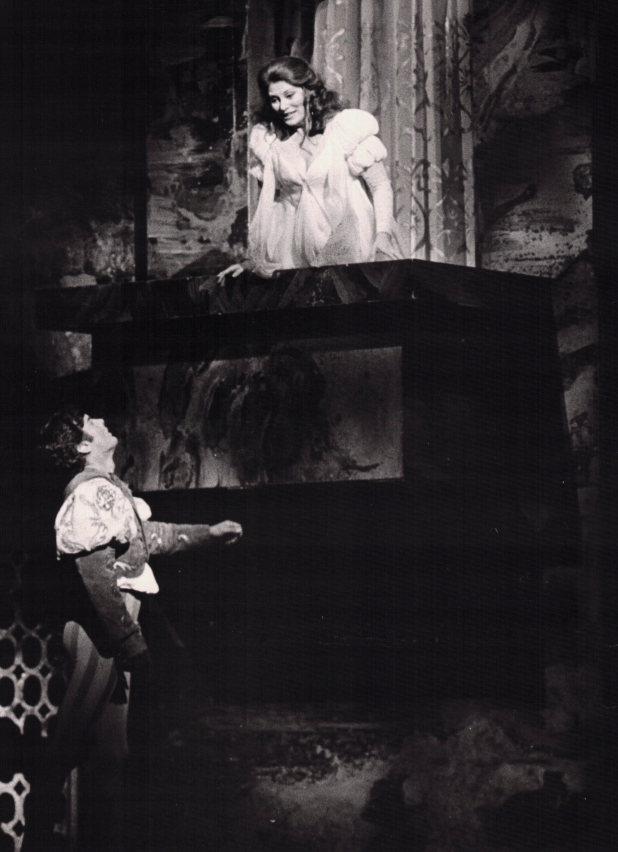
1984
The Marriage of Figaro
Australia has seen few singers as versatile as Joan Carden, who delivered memorable performances in operas by composers across the whole operatic spectrum for more than three decades. Carden performed almost all of Mozart’s great soprano roles in that time, including in this production of The Marriage of Figaro directed by John Copley and conducted by Richard Bonynge. Carden played the Countess, with John Pringle as Figaro, Glenys Fowles as Susanna, Bernadette Cullen as Cherubino and Michael Lewis as Count Almaviva.
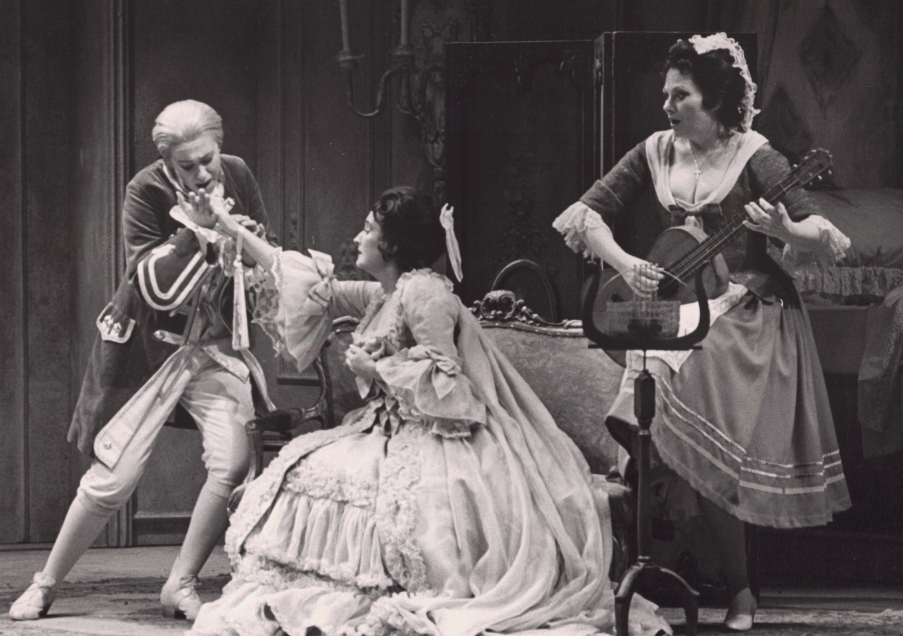
1985
Die Walküre
In 1983 we premiered our first staged production of Die Walküre, the second opera in Wagner’s Ring Cycle. Directed by Andrew Sinclair, the production tapped into the fantastical Norse elements of the opera and used a reduced orchestra, able to be accommodated by the pit of the Sydney Opera House’s Joan Sutherland Theatre. It was staged again in 1984 and 1985. There were hopes that the production might be developed into a full cycle for Australia’s bicentenary year but the elements weren’t all in place at the time to tackle Wagner’s epic. In 2013, we finally staged a full cycle in Melbourne and will be performing a new production of the Ring Cycle later this year in Brisbane, directed by Chen Shi Zheng: opera.org.au/ring
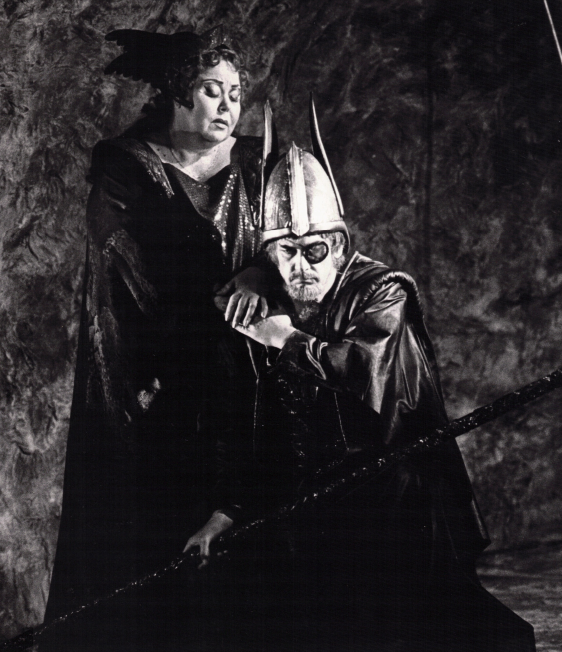
1986
Voss
Based on Patrick White’s novel of the same name, Voss is one of the most acclaimed operas ever written in Australia. With a score by Richard Meale and a libretto by David Malouf, the opera follows a fateful journey across the Australian outback in the 19th century. The production, which premiered at the Adelaide Festival, before touring to Sydney and Melbourne, was directed by Jim Sharman and starred Geoffrey Chard and Marilyn Richardson. It was recorded by the ABC and won the ARIA Award for Best Classical Album in 1988.
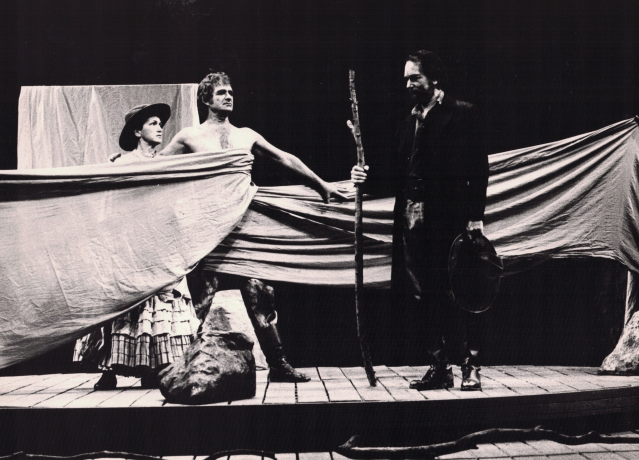
1987
La Traviata
We’ve had some extraordinary women play Violetta in La Traviata over our six-decade history. In 1987, Joan Carden returned to one of her most celebrated roles in this lavish, tried and true John Copley production, opposite Richard Greager as Alfredo and Neville Wilkie as Giorgio. In fact, Carden’s performance as Violetta was so memorable that it’s her voice you hear ringing out across the planes in the iconic scene from Priscilla, Queen of the Desert in which Guy Pearce lip-syncs to ‘Sempre libera’ in full drag atop the titular bus.
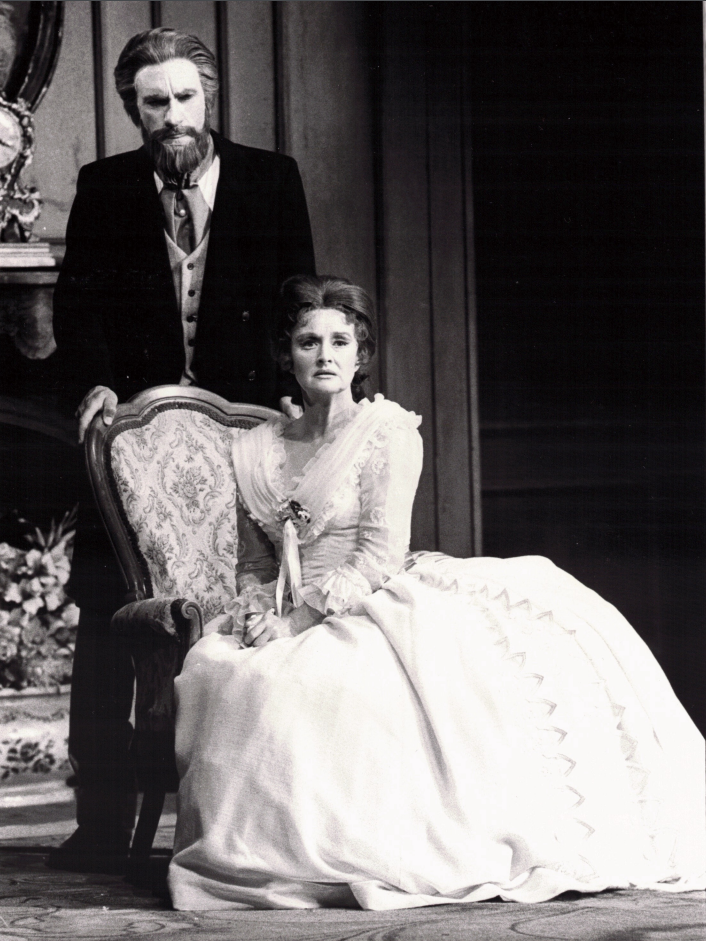
1988
The Force of Destiny
The challenges of Verdi’s moody epic are immense and were tackled with flair in this John Copley production, with an imposing, abstract set by Robin Don. Stuart Challender conducted a cast that included Joan Carden, Elizabeth Campbell, Kenneth Collins, Michael Lewis, Gregory Yurisich and Bruce Martin. The production was performed in Sydney and Melbourne in 1988 and then revived in 1992 with Leona Mitchell as Leonora.

1989
Un Ballo in Maschera
We’ve been lucky to welcome some fabulous international singers as guests over the years. American soprano Leona Mitchell first appeared with us in 1977 as Cio-Cio-San in Madama Butterfly and made regular appearances over the next two decades, becoming a firm favourite of our audiences. In 1989, she appeared as Amelia in a revival of John Cox’s glamorous 1985 staging of Verdi’s Un Ballo in Maschera, alongside Richard Greager.
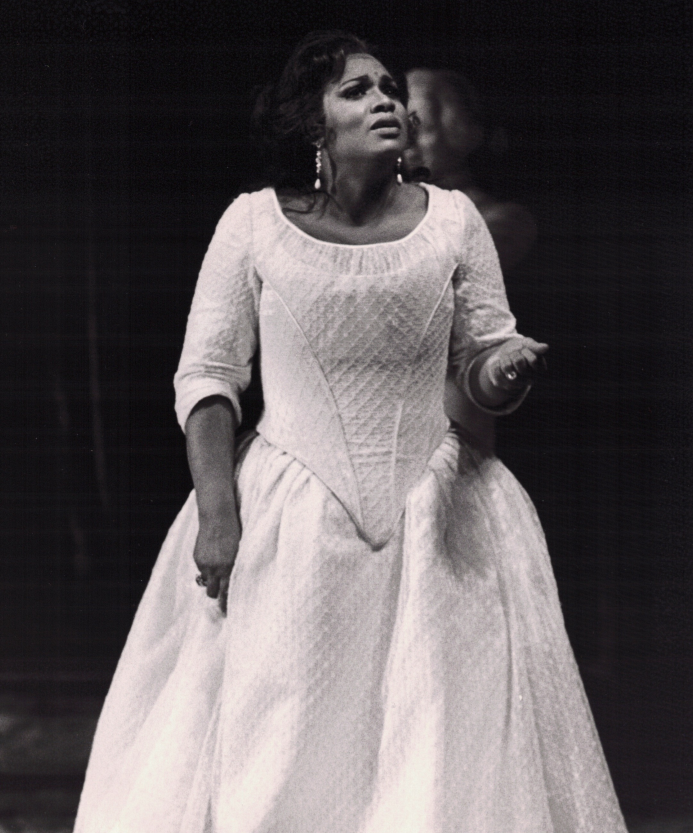
1990-94
1990
Tristan und Isolde
One of our most memorable productions of the 1990s came right at the start of the decade: Neil Armfield’s bold staging of Wagner’s Tristan und Isolde. Performed on a large Perspex platform, suspended over a pool of water, this contemporary vision of a classic opera impressed audiences and critics alike, with Marilyn Richardson as Isolde. After premiering at the Sydney Opera House’s Concert Hall, we took the opera to Adelaide Festival and then Melbourne. The production is an enormous undertaking but was revived in 1993 and 2001, and performed by Washington National Opera in 2013.
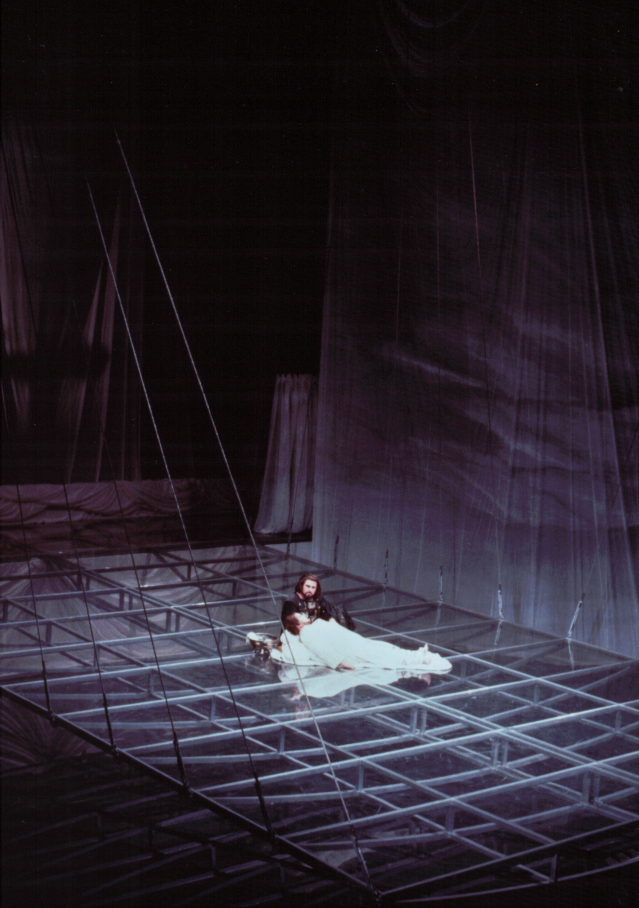
1991
Rigoletto
Elijah Moshinsky’s La Dolce Vita-inspired version of Rigoletto premiered almost three decades ago and is one of our audience’s favourite productions. With its fabulous revolving dollhouse set designed by double Tony Award winner Michael Yeargan, this cinematic staging has stood the test of time. In its premiere season at the Sydney Opera House, Opera Australia veteran Michael Lewis took on the title role, with Ghillian Sullivan as Gilda and Franco Farina as the Duke. They were conducted by Carlo Felice Cillario, who performed with Opera Australia for an impressive 35 years. Over the years, many of our favourite singers have performed in this production, which was last seen in May 2019 in Melbourne.
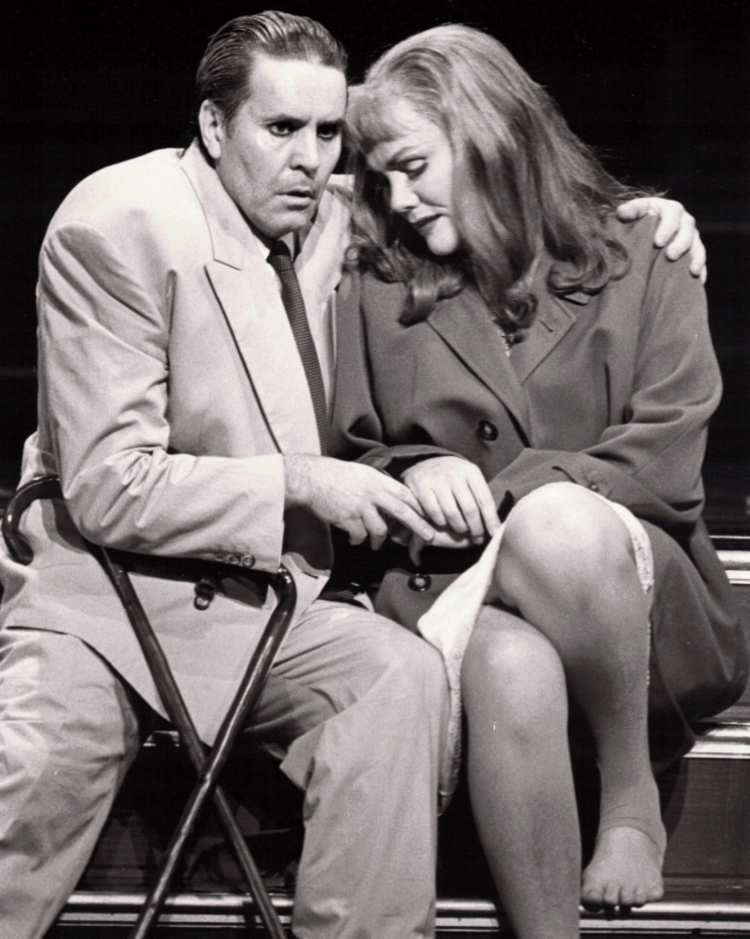
1992
Fidelio
Beethoven was a hugely prolific composer but famously only wrote on opera: the story of Leonore, a woman who disguises herself as a male prison guard called Fidelio to recuse her imprisoned husband. In 1992, we premiered a new production of Beethoven’s opera directed by Michael Hampe, with an imposing and impressive set by trailblazing designer John Gunter. Three women played Leonore in our 1992 season: Elizabeth Connell, Claire Primrose and Lisa Gasteen, who was then a rising star, opposite Kenneth Collins as Florestan, conducted by Richard Gill.

1993
A Midsummer Night's Dream
Before Baz Luhrmann was an internationally renowned film director, he was one of Australian theatre’s most exciting rising stars. Luhrmann first worked with us in 1988 on an original opera project called Lake Lost, penned by composer Felix Meagher with a libretto by Wendy Harmer. Luhrmann returned to us in 1990 to create a new La Bohème, which eventually went to Broadway. In 1993, he directed this lavish production of Benjamin Britten’s A Midsummer Night’s Dream. Collaborating with his creative and life partner, designer Catherine Martin, and Bill Marron, Luhrmann drew inspiration from Indian culture and Hindu mythology to bring Shakespeare’s world to life. The premiere cast was conducted by Roderick Brydon and included Michael Chance, Tyler Coopin, Richard Alexander, Kirsti Harms, Kathryn McKusker, Linda Thompson and Paul Whelan.
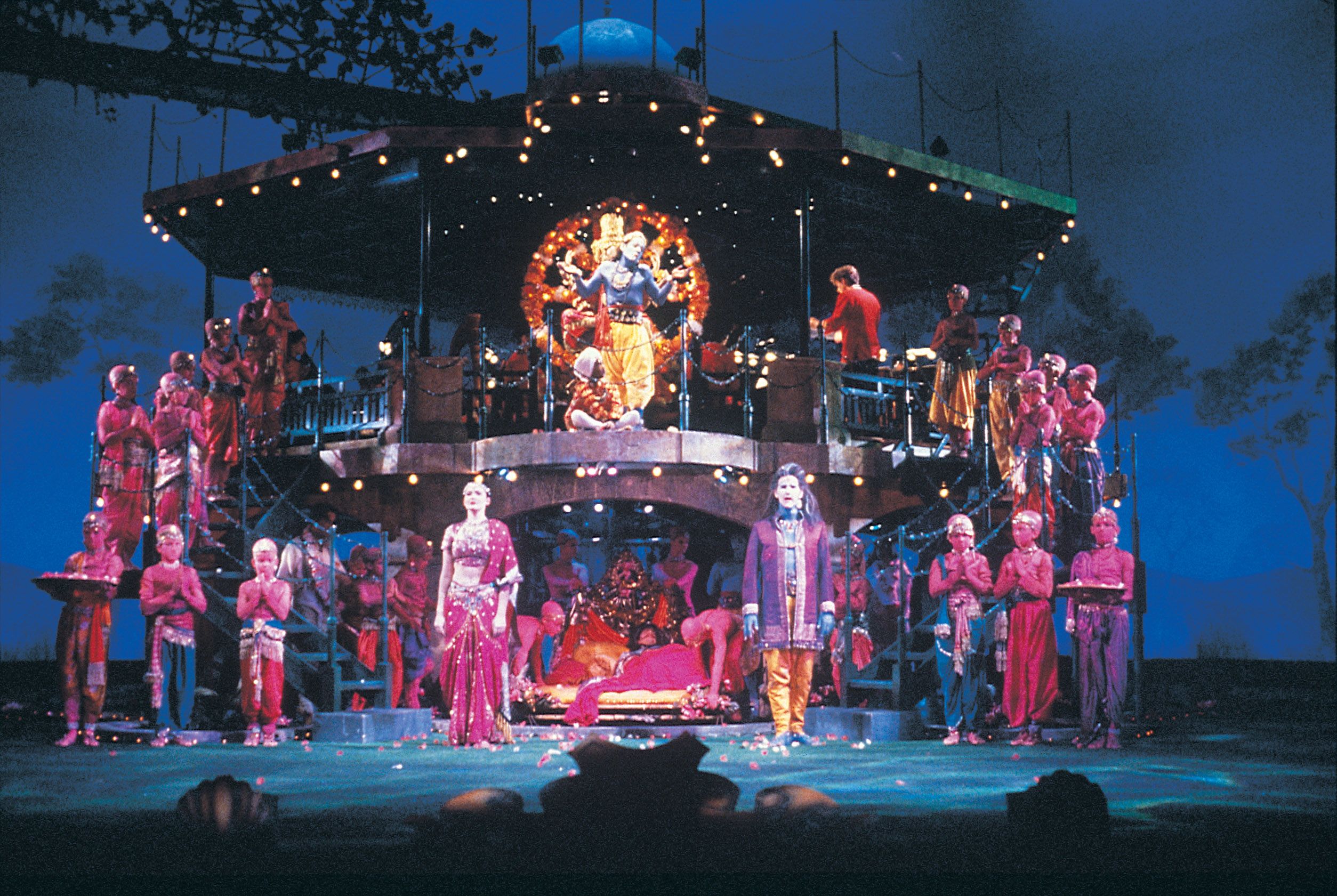
1994
La Traviata
Elijah Moshinsky has created some of our most enduring and celebrated productions. There’s arguably none more beautiful or timeless than his lavish and heart-wrenching take on La Traviata, which has been regularly on our stage since its premiere in 1994. The production is a straight forward, but deeply moving take on the story with unforgettable sets by Michael Yeargan. The first act set – Violetta’s salon in the middle of a bustling party – is a particular favourite of audiences, rendered with extraordinary detail. The Sydney premiere season featured both Deborah Riedel and Ghillian Sullivan as Violetta, opposite Jorge Lopez-Yanez and Anson Austin as Alfredo, conducted by Carlo Felice Cillario.
